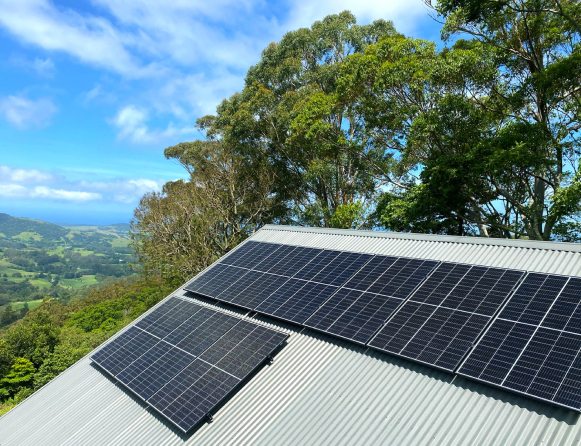Solar panels have become the new norm as many homes in the United States are now harnessing the power of the sun to generate clean, renewable energy. But before you install solar panels on your roof, there are a few key steps you should take to make sure that your roof is ready.
A roof is an ideal location for solar panel installations. It gets a lot of sun exposure which makes them the perfect place for installing solar panels. A roof can maximize your home’s solar energy production even during cloudy days. With high-efficiency solar panels installed, your roof can also generate power by gaining sunlight not only through direct but also indirect means.
What Are Roof-Mounted Solar Panels?
As the name suggests, roof-mounted solar panels are the kind of solar panels that are mounted to a roof. They come in various shapes and sizes, so you can customize the size and arrangement of the solar panels to fit your home’s needs.
Why Roofs are the Perfect Place for Solar Panels?
Roofs are the most perfect place to install home solar power systems because they are the most effective places where the sunlight can reach. When you install solar panels, they will be able to take advantage of sunlight from the south-facing side of your roof, providing more consistent energy generation.
In addition, roofs are ideal locations for solar panels because they provide the most protection from extreme weather conditions. Solar panel systems are designed to withstand high winds and snow, but if you install them on the ground, they can be exposed to even more extreme weather. Therefore, it is best to mount them on a roof for better weather protection.
Preparing Your Roof for Solar Panel Installations
Before you install solar panels, you should make sure that your roof is ready to receive them. First of all, inspect it for any signs of damage such as missing shingles, cracked tiles, or other signs of wear and tear. If the roof is damaged in any way, you should replace the necessary parts before installing solar panels.
It is also great to check that your roof has enough space for solar panel installation. Solar panels come in various sizes, so you will need to measure your roof before ordering the solar installation. Make sure to leave a few inches between your panels and the edge of your roof for proper ventilation and adequate air circulation.
Last but not the least, you should always check if your roof can handle the weight of the solar panel system or not. The total weight of a solar panel system depends on how many panels you are installing, the type of panels, and the size. Generally, 1 kW of solar power requires around 25 square feet of space and can weigh up to 50 lbs.
Once you have checked that your roof is ready for solar panel installation, you can contact a professional installer who will help you properly install the system on your roof.
What Type of Roofing Shingles Are Best for Solar Panels?
Although there are many roofing shingles available on the market which can be a good choice when it comes to solar panel installations, there are a few that stand out above the rest. The best roofing shingles for solar panel installations would be asphalt shingles, tile, and metal roofs. Asphalt shingles provide extra protection from rain and snow while tile and metal roofs are highly durable and will last much longer than any other kind of roofing material.
While there are plenty of roofs, the roof on your house, garage, barn, shed or elsewhere can be a potential candidate for all kinds of roof-mounted solar panels. May it be gable or hip roofs, skylights, shed roofs, bay windows or other kinds – all can be used for solar panel installations.
All you have to do is make sure to do your research and figure out what kind of solar panel installation would be best for your home. With the right preparation and professional help, you can easily make your roof ready for solar panels of all kinds.
How Much Should the Roof Slope for Solar Panels?
If you want to maximize sun exposure for a residential roof-mounted solar system, your roof slope must be inclined at an angle of 15-40 degrees to the south. This angle should be enough to capture the maximum amount of sun rays. However, if you live in the northern part of the world, you may need to adjust the angle of inclination depending on your location.
In addition, you should always check with a professional roofing contractor such as Dimensional Pro to ensure your roof is at the best-inclined levels as it can affect its efficiency and performance.
Once your roof is properly prepared for solar panel installation, you can start enjoying clean energy from the sun and have the best energy savings.
Concluding Thoughts
If you want to install solar panels on your roof, it is important that you take the necessary steps to prepare it. Make sure to check for any signs of damage and check that your roof has enough space for the system. In addition, always confirm that your roof can handle the weight of a solar panel system as it varies depending on how many panels you are installing and what type they are. Finally, determine which kind of roofing shingle is best for solar panel installations and make sure that the roof slope is correctly inclined.








